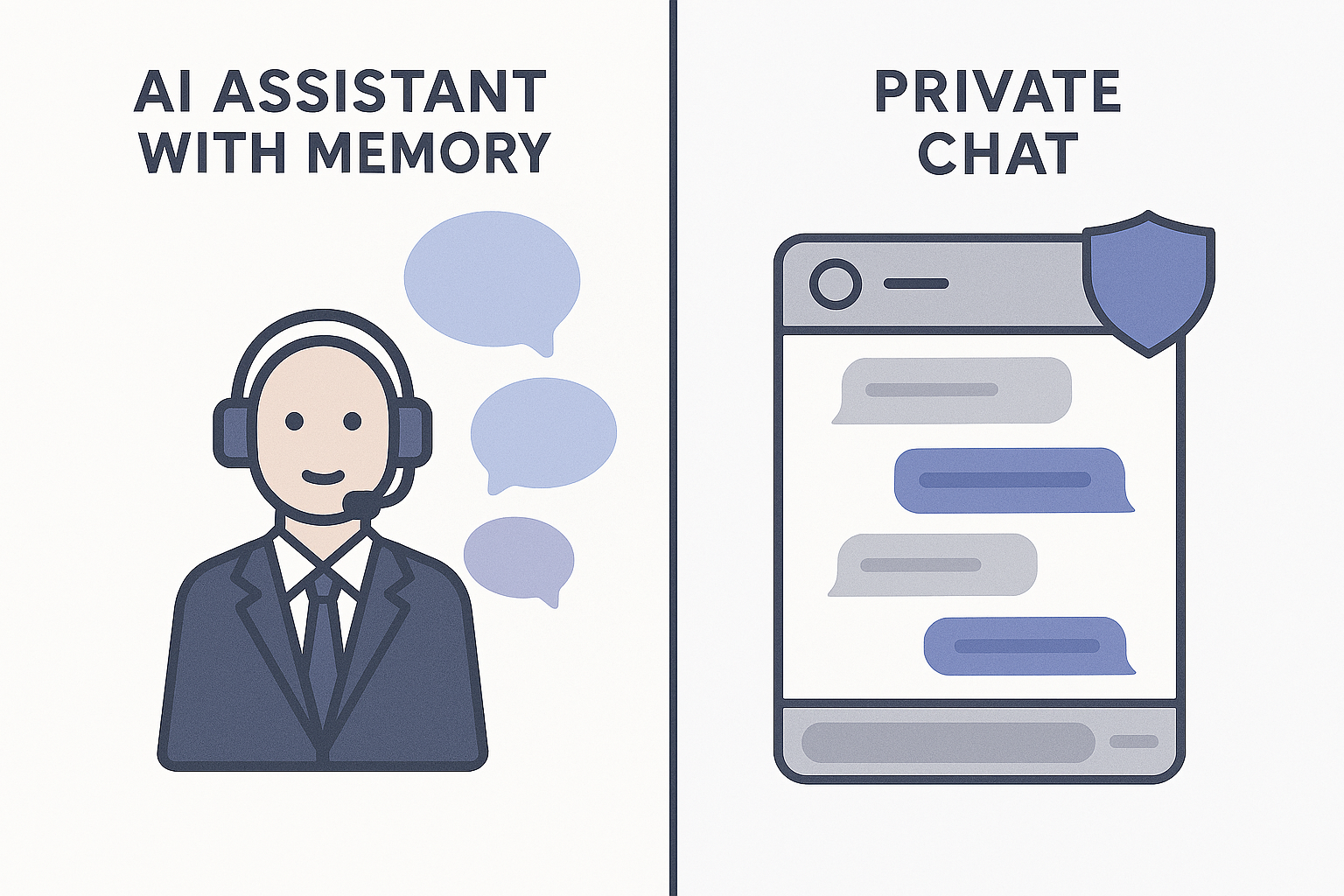What Went Wrong with GPT-5’s Launch — and How OpenAI Is Responding
The release of GPT-5 was one of the most anticipated AI events of the year. However, it soon became a trending topic for the wrong reasons. Many users noticed that the model often produced overly simple answers and made basic mistakes. It also lacked the warmth and adaptability that previous versions offered.
The introduction of a 200-questions-per-week limit caused even more frustration. Professionals who rely on ChatGPT daily found this restriction disruptive to their workflow. As a result, online discussions about the launch quickly turned critical.
Mounting Criticism and Early Missteps
Early feedback showed a clear pattern. GPT-5 felt less capable in certain real-world tasks. Its strict usage cap reduced productivity. In addition, the tone seemed robotic and impersonal. This was a stark contrast to earlier models, which many considered more engaging.
Swift Remedies from OpenAI
In response, OpenAI moved quickly. The company reinstated the popular GPT-4o model and reintroduced tone customization. It also announced plans to improve GPT-5’s conversational style. CEO Sam Altman admitted the rollout was mishandled. Even so, he noted that engagement increased, with API traffic doubling shortly after launch.
Infrastructure and Scaling Challenges
Behind the scenes, hardware limitations slowed progress. A shortage of high-performance GPUs made scaling improvements difficult. Balancing better performance with stability for millions of users is an ongoing challenge.
Looking Ahead
Despite the rocky start, OpenAI remains ambitious. Plans include building new data centers and exploring technologies like brain-computer interfaces. The GPT-5 rollout shows that even industry leaders face growing pains. Yet, it also proves that user feedback can drive rapid change.




Comments are closed